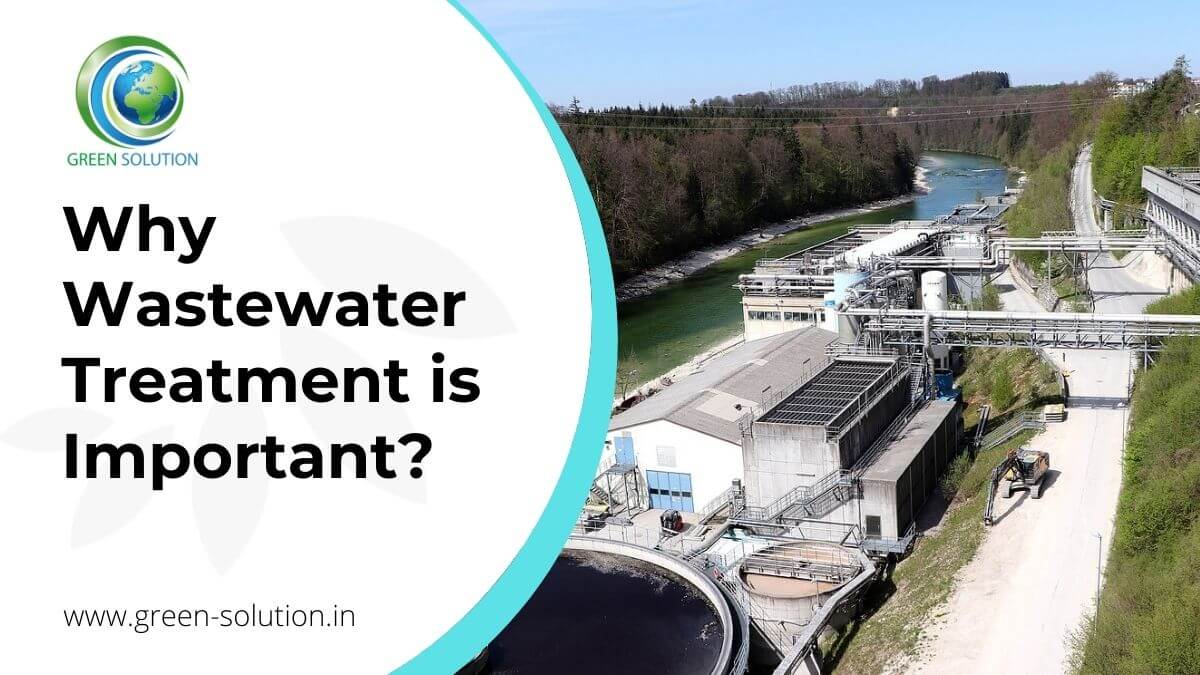The 6-Minute Rule for Reclaim Waste
Table of ContentsReclaim Waste - QuestionsReclaim Waste Things To Know Before You BuyA Biased View of Reclaim Waste6 Easy Facts About Reclaim Waste ExplainedReclaim Waste for Dummies
Explore the kinds, events, and types of liquid waste. Domestic sewage waste describes the waste and products from a residential septic system. This kind of waste is produced by human beings in homes, schools, and various other buildings. This only includes sewage-disposal tanks that have a drainpipe field. The correct administration and disposal of residential sewage waste call for liquid waste to be transferred to a sewage treatment plant where the correct methods and tools are applied to purify and throw away waste.
Industrial waste often includes possible hazards, such as flammable products or a combination of liquid and strong waste items, and needs an advanced and thorough disposal process. The disposal of commercial waste typically includes the filtering of waste prior to transportation to guarantee risk-free and correct disposal. Industrial waste is produced from results and runoff of industrial processes and production.
This sort of waste can not make use of the same sewage monitoring transport or procedures as septic or industrial liquids. The hazardous waste administration process needs the assessment and screening of liquid waste before it undertakes the disposal procedure (liquid waste disposal). Runoff waste is the liquid waste that comes from overflow and excess stormwater in extremely inhabited locations or cities
Drainage waste can create contamination and flooding otherwise taken care of correctly. Discover more concerning sewage system cleansing and waste monitoring. Making sure appropriate waste administration can avoid calamities and lower ecological harm. Both individuals in residential setups and specialists in business or manufacturing industries can benefit from understanding the procedures and guidelines of liquid waste monitoring.
The Best Strategy To Use For Reclaim Waste
Get in touch with PROS Services today to learn more about our waste monitoring and disposal services and the appropriate means to care for the fluid waste you generate.
(https://www.slideshare.net/leonaube33101)Do you recognize what occurs to your water when you draw the plug, purge the toilet or drain pipes the washing equipment? No? Well, it's worth recognizing. This so-called 'wastewater' is not only an essential source yet, after treatment, will be launched to our land, waterways or the ocean. Used water from bathrooms, showers, baths, cooking area sinks, washings and industrial procedures is known as wastewater.

water used to cool down equipment or tidy plant and tools). Stormwater, a form of wastewater, is drainage that moves from agricultural and metropolitan locations such as roofing systems, parks, yards, roadways, paths and rain gutters right into stormwater drains, after rain. Stormwater moves without treatment straight to local creeks or rivers, ultimately getting to the ocean.
The Definitive Guide to Reclaim Waste
In Queensland, a lot of wastewater is dealt with at sewer therapy plants. Wastewater is moved from residential or commercial sites via a system of sewage systems and pump terminals, referred to as sewerage reticulation, to a sewer therapy plant. City governments build, keep and run most sewer therapy plants. Operators are accredited under the Environmental Management Act 1994 to discharge cured wastewater at an appropriate environmental criterion right into rivers.
The Department of Natural Resources encourages neighborhood federal governments regarding managing, operating and preserving sewage systems and therapy plants. In unsewered areas, regional governments may call for homeowners to set up individual or house sewer therapy systems to treat residential wastewater from bathrooms, kitchen areas, shower rooms and laundries. The Division of Natural Resources authorizes the use of household systems when they are confirmed to be reliable.
In some new class, treatment of some stormwater to get rid of trash, sand and crushed rock has actually begun utilizing gross toxin traps. Wastewater therapy occurs in four phases: Eliminates strong issue.
Makes use of tiny living microorganisms recognizes as micro-organisms to damage down and remove staying liquified wastes and great fragments. Micro-organisms and wastes are included in the sludge.
Getting The Reclaim Waste To Work
Nutrient removal is not offered at all sewer treatment plants because it needs expensive specialised tools. Clear fluid effluent created after treatment might still include disease-causing micro-organisms - liquid waste disposal.

This typically indicates wastewater needs to be treated or contaminants gotten rid of prior to it can be discharged to rivers. A lot of wastewater flows into the sewage system. Under the Act, city governments carry out approvals and licences for environmentally relevant activities (Ages) entailing wastewater launches that may have a regional effect. The department provides approvals see this and permits to ERAs including wastewater launches that might have a regional or statewide influence.
A Biased View of Reclaim Waste
Or else, samples are taken for laboratory evaluation. Frequently several examinations are required to develop the levels of each of the different toxins such as oils, hefty steels and chemicals in water. Monitoring offers accurate info concerning water high quality and can validate that licence problems are being satisfied. The info gotten via monitoring offers the basis for making water high quality choices.